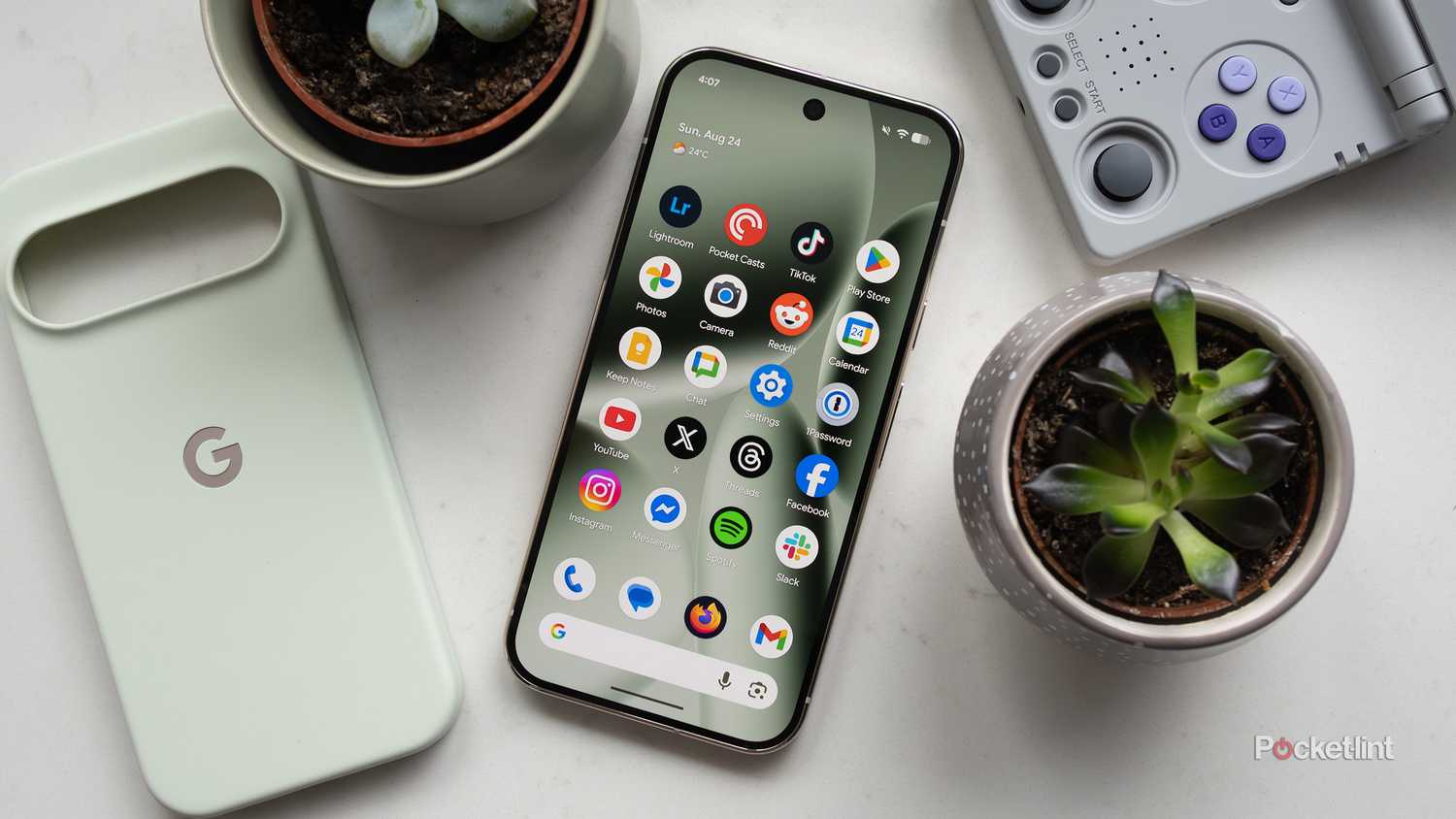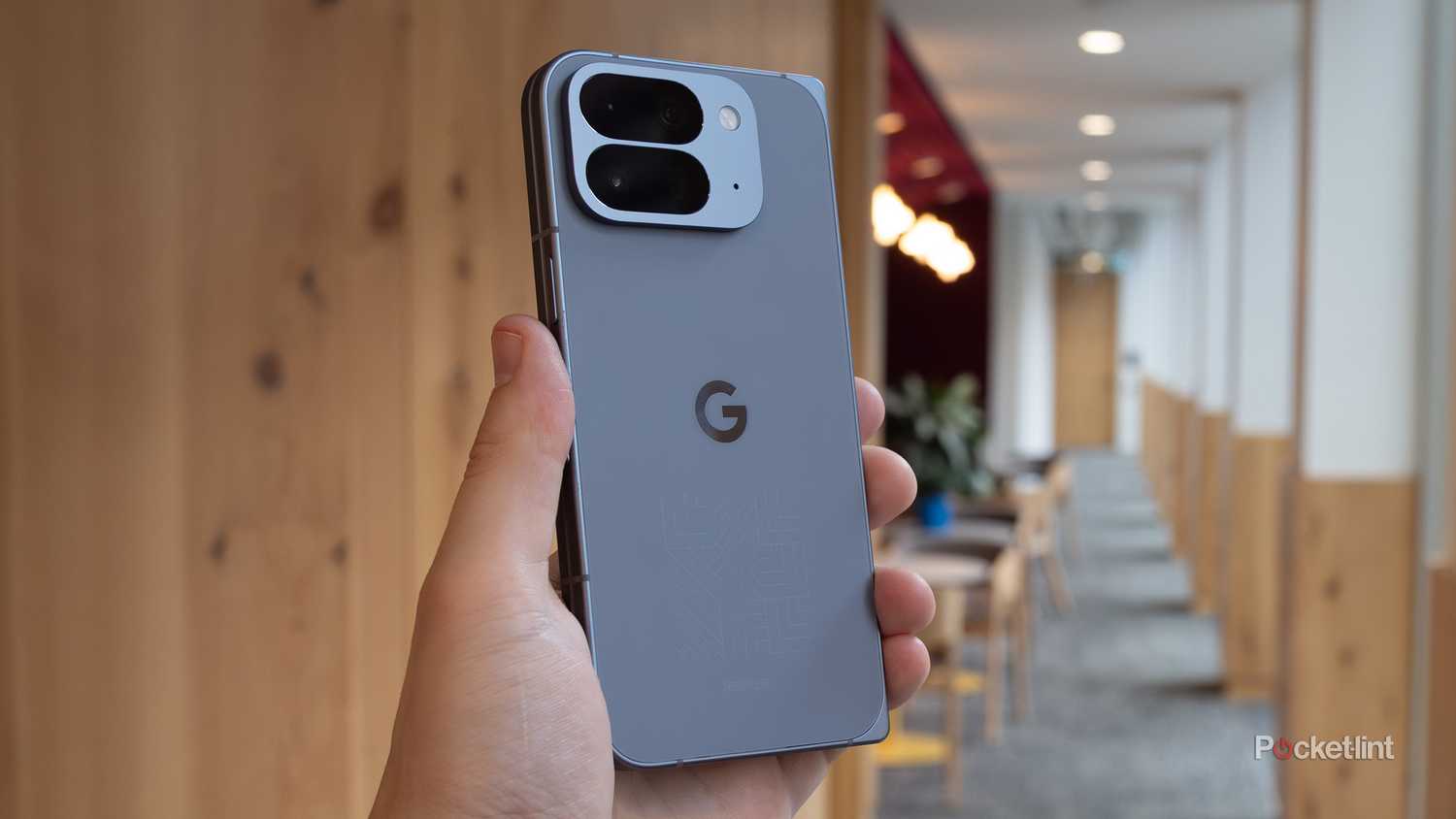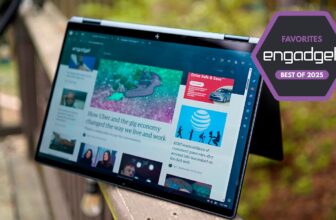Abstract
- Normal sturdiness has improved over the many years, however intentional design choices have saved smartphones weak, equivalent to edge-to-edge shows and glass backs.
- Foldables truly characterize a step backwards, owing to mushy inside screens and hinges liable to put on and dirt intrusion.
- Enterprise tendencies are prioritizing aesthetics and bulletpoint options over sensible points, and sadly, that does not appear prone to change a lot anytime quickly.
Considered one of my largest hobbies nowadays is electric unicycles. Driving one is safer than you would possibly suppose, as long as you keep at e-bike speeds, however some fashions are so highly effective that they inevitably appeal to velocity demons. Certain sufficient, somebody in my native EUC group was pushing the bounds of his wheel the opposite day and ate it on a rural path. Don’t be concerned — he wasn’t damage that badly, and even the wheel simply had a broken trolley deal with. However his Galaxy S24 Ultra was toast, and that is harsh sufficient on condition that it value $1,300 or extra new.
I am not precisely certain what Samsung may do to make a telephone stunt-proof, however this anecdote did remind me you could lay our a fortune on a smartphone and have it fail probably the most primary of exams — survivability. Even beneath standard circumstances, it looks like most smartphone makers are prioritizing every little thing besides toughness, regardless of claims on the contrary. It is a toss-up whether or not long-term tendencies will drive issues in a greater course.
Smartphone sturdiness previous and current
Higher than it was, however nonetheless on the incorrect path
Within the early days of smartphones — that means the 2000s — you needed to be fairly cautious, treating them a lot in the best way you’d a laptop computer. You could not rely on them having any form of mud or water resistance, and dropping one thing just like the Nokia N95 from chest peak was a possible dying sentence. Even the iPhone did not get an official IP ranking till 2016’s iPhone 7.
The 2007 iPhone did introduce Corning Gorilla Glass, which was higher for touchscreens than plastic whereas retaining some sturdiness. It is secure to say that for a few years after, nonetheless, individuals have been nonetheless moderately afraid that smartphone screens would crack in a single drop. Thus the case and display protector industries have been born. I do not use display protectors myself — however to today, I at all times insist on placing a brand new telephone in a rugged case with a raised edge. I might somewhat take care of further bulk and a barely uglier look than fear about expensive display replacements.
To the trade’s credit score, sturdiness has improved considerably in some areas. Flimsy plastic shells are a factor of the previous, changed by aluminum or titanium, or not less than a lot thicker plastic. Gorilla Glass has developed to the purpose that with high-end smartphones, it usually takes a very onerous influence to do injury — even my spouse’s four-year-old iPhone 13 Professional Max just lately survived a slam in opposition to hardwood.
As mud and water resistance go, it’s normal for telephones to hold an IP68 ranking nowadays, that means they’re (successfully) waterproof should you by accident drop one within the tub or spill your drink. On the vanguard are IP69 units just like the OnePlus 13, which you’ll hypothetically take within the bathe or spray down with a hose — however I am not about to check these claims scientifically.
Foldables are literally taking us one other step backward, not less than of their present state.
All this belies some flawed design selections, although. For one, most smartphone screens are actually edge-to-edge, with barely any bezel to talk of. They’re enticing, and preserve the general dimension of units in verify, however render even titanium ineffective for stopping display injury. In the meantime, the backs of our telephones are in a far more weak than ever. They’re unlikely to dent or pop off, however they’re usually lined in Gorilla Glass, regardless of being liable to bear the complete brunt of a drop. As digicam bumps proceed to develop, it is more and more probably that lenses will get scratched or damaged. A case is all however obligatory until you’ve an prolonged accident guarantee like AppleCare+.
Foldables are taking us one other step backward, not less than of their present state. The Galaxy Z Fold7, as an example, has an IP48 ranking, that means it might’t block strong particles beneath 1mm in dimension. You would possibly break your telephone by dropping it on the seaside sand. Another fashions haven’t any mud ranking to talk of. All foldables have mushy inside screens liable to nicks, and hinges that may doubtlessly break or put on out, nonetheless unlikely that’s in regular utilization.
This would not matter a lot if smartphone costs weren’t climbing into the hundreds of {dollars} frequently. We’re paying a premium for seems that do not matter, processor energy we won’t use, AI options we do not care about, and digicam tech that is concurrently overkill and nonetheless falling brief. It could be impractical to construct a telephone that may survive a 30mph crash, but when I am anticipated to spend $1,000 or extra on a tool I carry in all places I am going, it is time that telephone makers spend extra time on sensible points, sturdiness being simply one in every of them.
What are the prospects for harder telephones sooner or later?
Excellent news and dangerous information
Sadly, sturdiness tendencies do not appear prone to change in a significant manner anytime quickly. Any present or rumored telephone you possibly can consider checks most or the entire hazard bins. Certainly, there is a threat that after Apple joins the foldable fray in 2026, backsliding may truly intensify for some time. The place Apple goes, rivals comply with — if it does not set a brand new bar for toughness, the specs of one thing just like the Z Fold7 might be taken as a right, somewhat than as an appropriate gamble for the wealthiest consumers.
On a enterprise stage, it looks like it is too straightforward to make and promote telephones based mostly on their sexiness and spec sheets than anything.
There may be some higher information right here. Gorilla Glass continues to advance, so whereas edge-to-edge shows aren’t going away, there’s a recognition that fragility nonetheless must be handled. And I am predicting that IP69 water resistance will unfold, because it does not appear that difficult to implement in 2025, and it is in one of the best pursuits of telephone makers. Fewer complaints and repair appointments ought to imply much less cash spent on elements, substitute items, and tech help workers — although I suppose you may argue that for different kinds of injury as nicely.
Will telephones with built-in ruggedness ever change into commonplace? Not till a few years from now, I might wager, when ultra-durable materials turns into so low cost that it is trivial to implement. And by then, we could have moved on to different kind components like AR glasses, rendering the query pointless. On a enterprise stage, it looks like it is too straightforward to make and promote telephones based mostly on their sexiness and spec sheets than anything.
Trending Merchandise

SAMSUNG FT45 Sequence 24-Inch FHD 1...

ASUS RT-AX1800S Dual Band WiFi 6 Ex...














